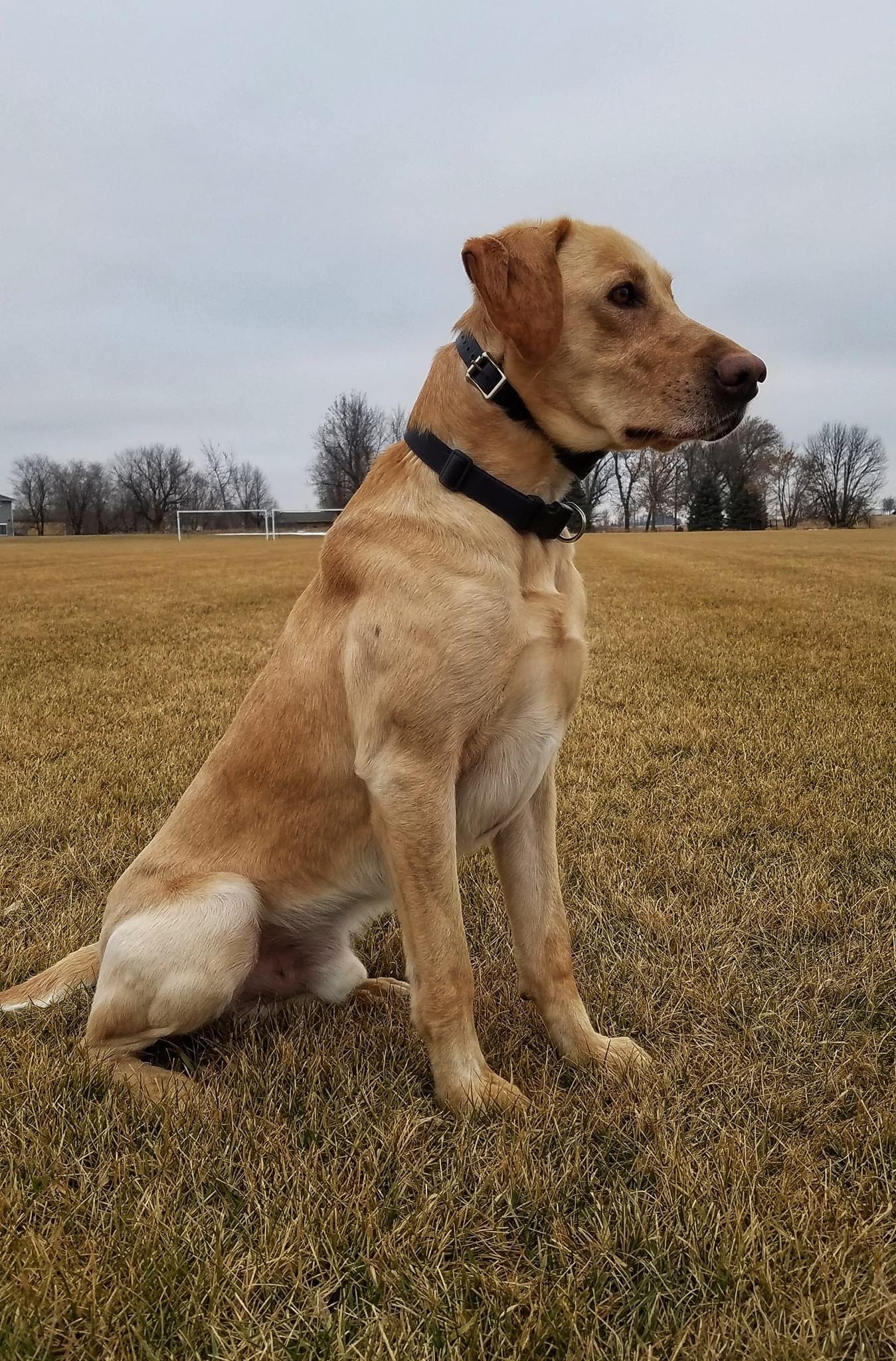Last-minute dog training tips
Most people who own hunting dogs understand that keeping their partners in proper shape should be a top priority, but every year there are people who get a late jump on training. Or, even worse, there are people who let a dog sit for months in a kennel and then expect it to perform right out of the gate the first time they take it hunting.
I once talked with a well-respected dog trainer who used the analogy that hunting dogs bred for performing in the field should be considered professional athletes — and then treated like it.
"You don't see a hockey player in the off-season not skate for three months, or an NFL wide receiver not catch a football for the four months they have off," he said. "Pro athletes need continuous training, from their diet to their exercise routine to the conditions they live in."
Weighing in
The first factor a dog owner needs to consider is weight,
Weight fluctuations are hard on dogs. Just think about it: If a dog should be 65 pounds but is carrying an extra 10 or 15 pounds, that's nearly 20 percent more than it's built to carry. That added weight adds stress to its knees and hips.
To put it another way, just think what it does to your hips, knees and back if you were to carry around a 50-pound backpack for a month. Same goes for a dog.
Before a dog can be properly conditioned for the field, it should be at or at least near to it’s ideal weight.
"If a dog's overweight, that's all on the owner," the trainer told me. "A measuring cup only has one moving part, and it's not the dog's fault if an owner can't run a measuring cup."
Pay attention to how much you’re feeding your dog.
As dogs work harder, there dietary needs change.
How much food a dog requires is a moving target. Dog food bags have printed guidelines on the outside of the bag, but every dog's nutritional needs are different. Quite simply, dog owners should know their dogs well enough to gauge when they’re at a healthy weight. In an ideal world, gun dogs should have a classic hourgloass figure, where you look down from above the dog and can easily see a the narrowing behind its rib cage before their thighs. You shouldn’t be able to count every rib, but you should easily be able to feel every rib.
As you might guess, when dogs work harder, their dietary needs change, and the amount of food you feed should continually change to ensure the dog maintains the right weight.
Training Camp
To continue with the sports-themed analogy, think of this time of year as the preseason, and dog owners who haven't been continuously training their dogs need to use the next few weeks as a training camp to get their dogs in shape.
During this time, you need to evaluate your dog all the time. If after five minutes of retrieves they're panting and are walking behind you, their lungs aren't in shape. There's no set routine, and every dog is built differently so you need to adjust on the go. If your dog's really out of shape, you need to start out with walking your dog to get its lungs ready before you move into any type of field work.
Once its lungs are ready, let the dog run and hunt. They're going to get more exercise off of a leash. As a bonus, walking with your dog gets you ready for the season, too. It doesn't do any good if your dog is in shape and you can't keep up with it in the field.
If time is an issue, obedience training is still a vital tool that can be reinforced in short training sessions at home in the backyard.
Obedience lays the foundation for everything else. Sit, down, heel, here, kennel — if they can't do any of that in the yard they won't do it in the field.
A well-conditioned dog often leads to success in the field.


